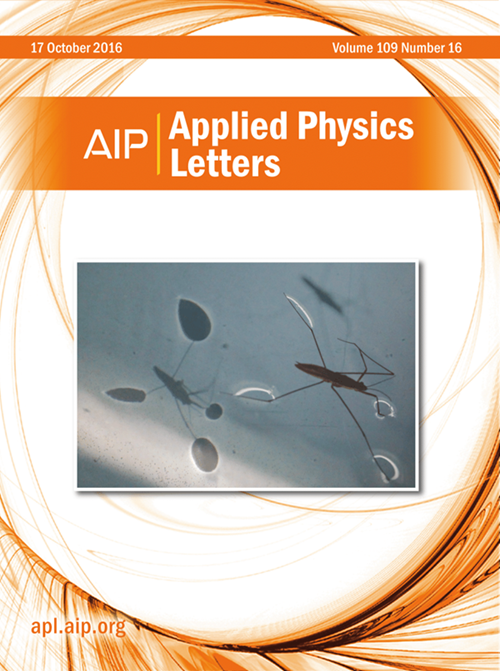Adjustable weak measurement differential microscopy via flat differentiator
IF 3.6
2区 物理与天体物理
Q2 PHYSICS, APPLIED
引用次数: 0
Abstract
Feature extraction and phase retrieval, as critical technical nodes in imaging technologies, play a pivotal role in label-free biological imaging and target recognition. Optical differential imaging is pivotal for extracting phase information in label-free biological imaging and feature extraction, yet existing techniques often suffer from complexity, limited adjustability, and anisotropic signals. Here, we propose an adjustable weak measurement differential microscopy that integrates a flat differentiator with weak measurement to achieve flexible, high-precision phase imaging. By modulating the orientation and incident angle of a uniaxial crystal, we demonstrate tunable spatial differentiation in both strength and direction, enabling isotropic edge detection and phase mining. Furthermore, the system enables rapid switching between optical spatial differentiation and differential interference contrast imaging modes via post-selection state adjustments to accommodate different application scenarios. The results demonstrate this miniaturized, modular approach enables breakthrough capabilities in automated sensing, label-free microscopy, and optical computing systems.可调弱测量微分显微镜通过平板微分器
特征提取和相位检索作为成像技术中的关键技术节点,在无标记生物成像和目标识别中起着至关重要的作用。光学差分成像是无标记生物成像和特征提取中提取相位信息的关键,但现有技术往往存在复杂性、可调性有限和信号各向异性等问题。在这里,我们提出了一个可调的弱测量差分显微镜,集成了一个平面微分器与弱测量,以实现灵活,高精度的相位成像。通过调制单轴晶体的方向和入射角,我们展示了在强度和方向上可调谐的空间分异,从而实现了各向同性边缘检测和相位挖掘。此外,该系统可以通过选择后状态调整在光学空间分异和微分干涉对比成像模式之间快速切换,以适应不同的应用场景。结果表明,这种小型化、模块化的方法能够在自动传感、无标签显微镜和光学计算系统中实现突破性的能力。
本文章由计算机程序翻译,如有差异,请以英文原文为准。
求助全文
约1分钟内获得全文
求助全文
来源期刊

Applied Physics Letters
物理-物理:应用
CiteScore
6.40
自引率
10.00%
发文量
1821
审稿时长
1.6 months
期刊介绍:
Applied Physics Letters (APL) features concise, up-to-date reports on significant new findings in applied physics. Emphasizing rapid dissemination of key data and new physical insights, APL offers prompt publication of new experimental and theoretical papers reporting applications of physics phenomena to all branches of science, engineering, and modern technology.
In addition to regular articles, the journal also publishes invited Fast Track, Perspectives, and in-depth Editorials which report on cutting-edge areas in applied physics.
APL Perspectives are forward-looking invited letters which highlight recent developments or discoveries. Emphasis is placed on very recent developments, potentially disruptive technologies, open questions and possible solutions. They also include a mini-roadmap detailing where the community should direct efforts in order for the phenomena to be viable for application and the challenges associated with meeting that performance threshold. Perspectives are characterized by personal viewpoints and opinions of recognized experts in the field.
Fast Track articles are invited original research articles that report results that are particularly novel and important or provide a significant advancement in an emerging field. Because of the urgency and scientific importance of the work, the peer review process is accelerated. If, during the review process, it becomes apparent that the paper does not meet the Fast Track criterion, it is returned to a normal track.
 求助内容:
求助内容: 应助结果提醒方式:
应助结果提醒方式:


